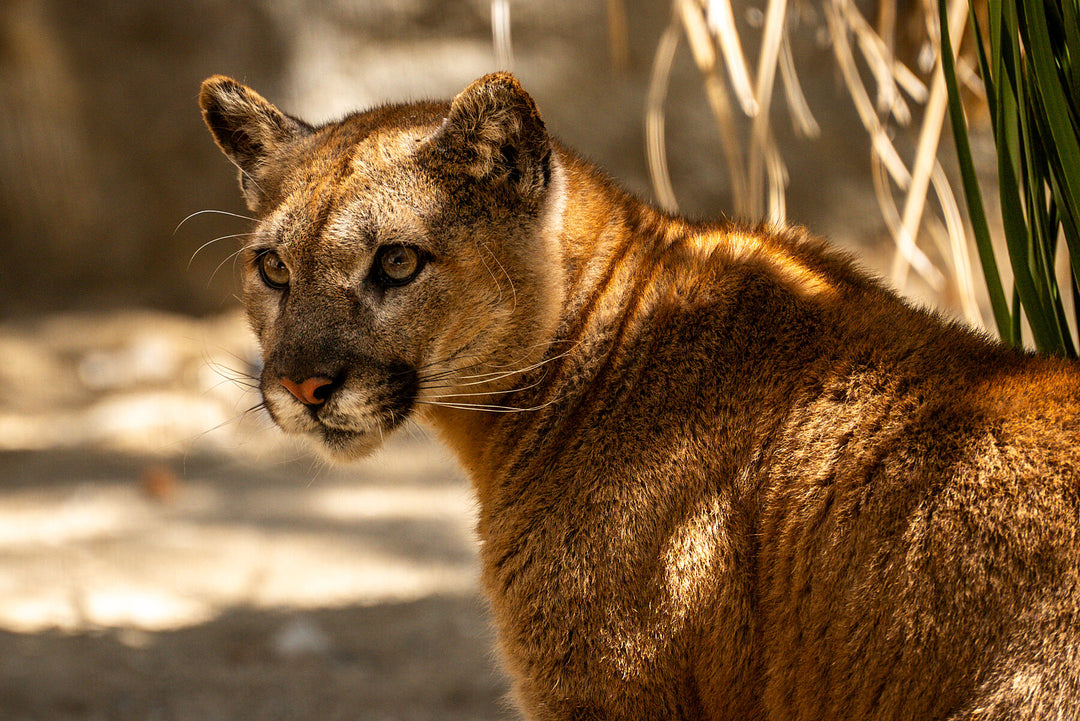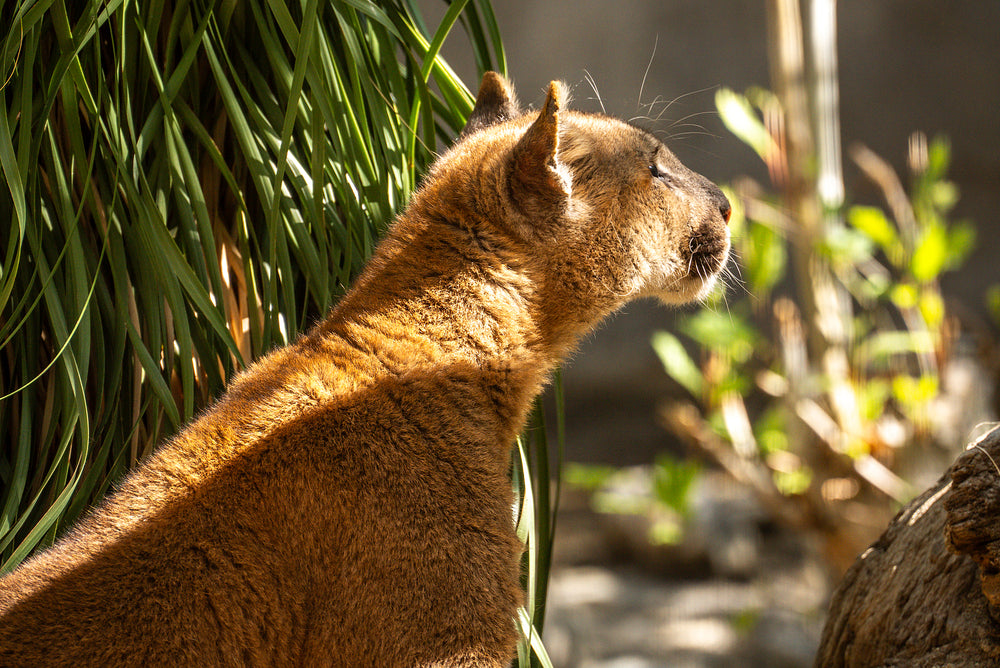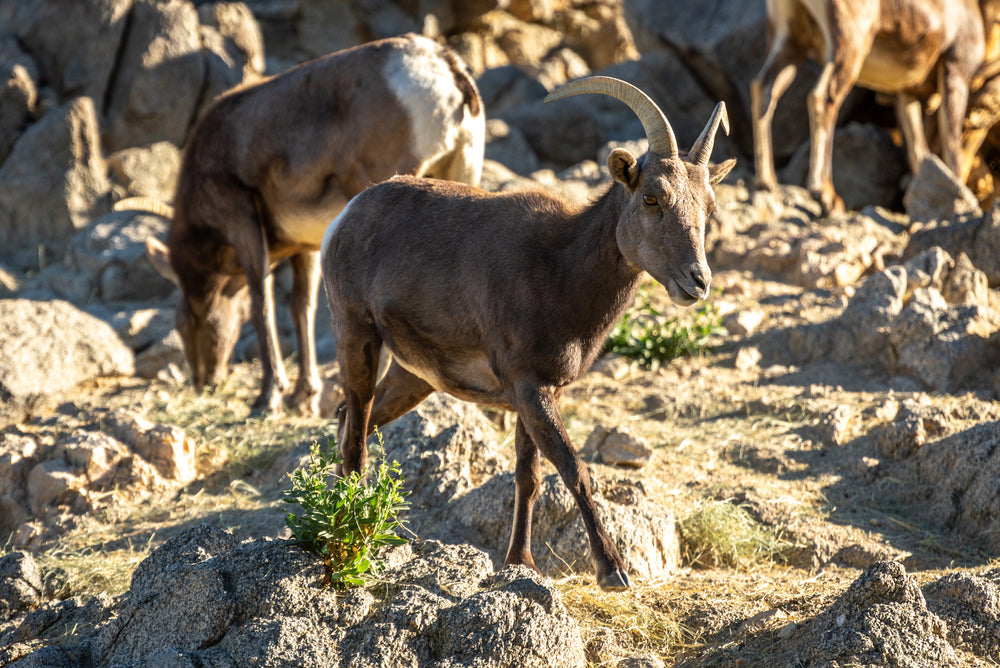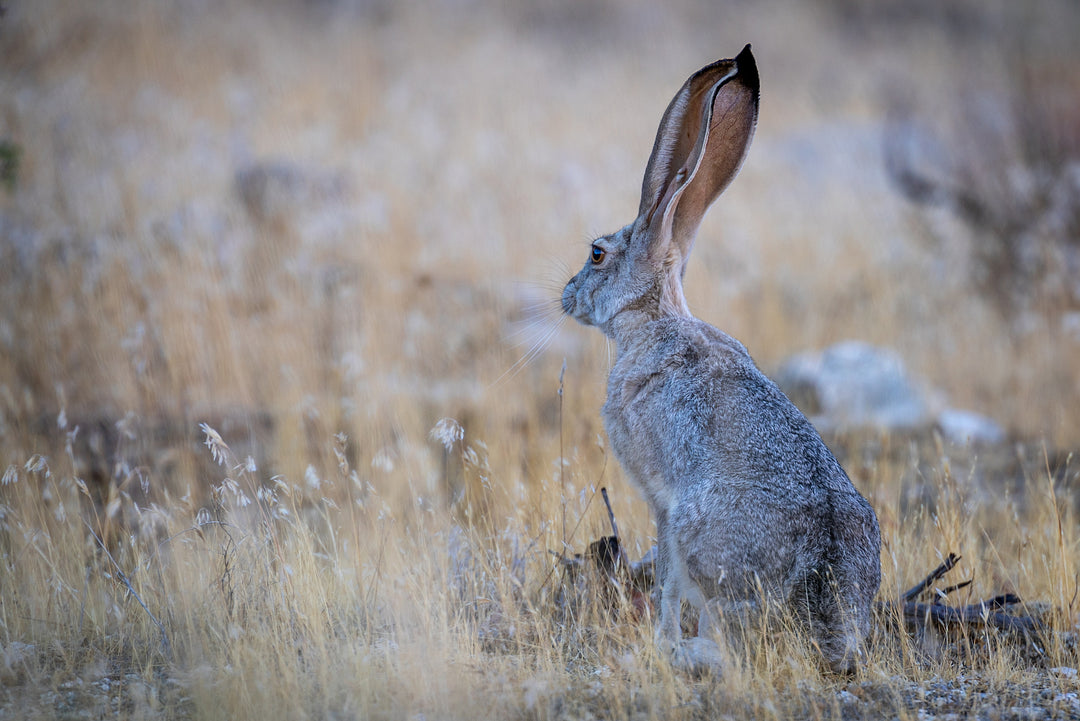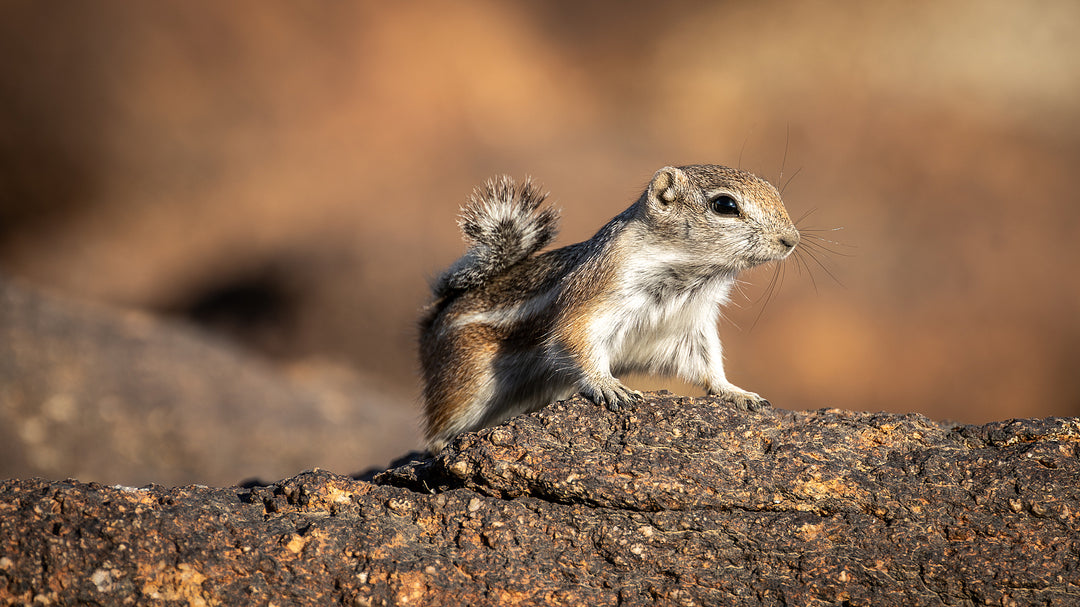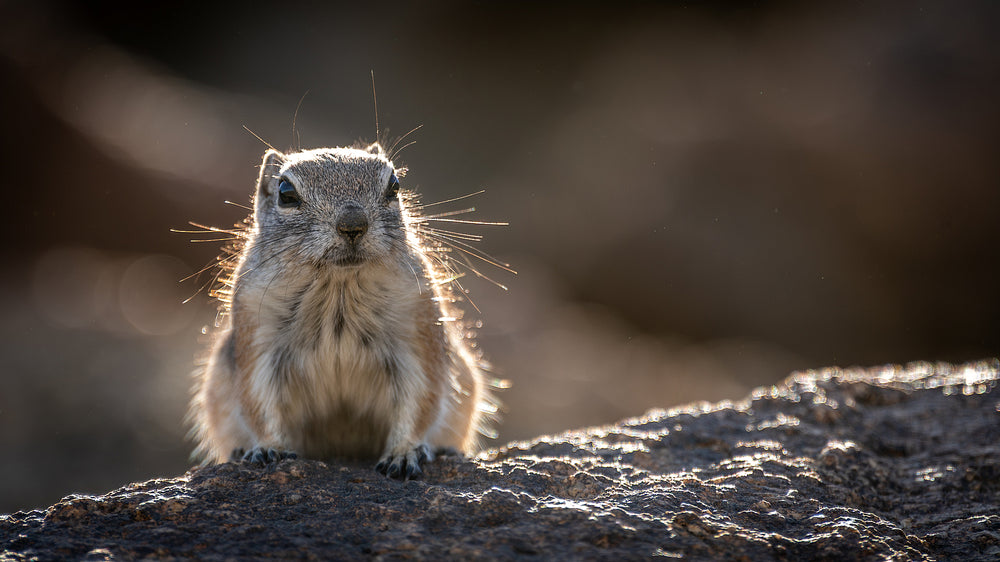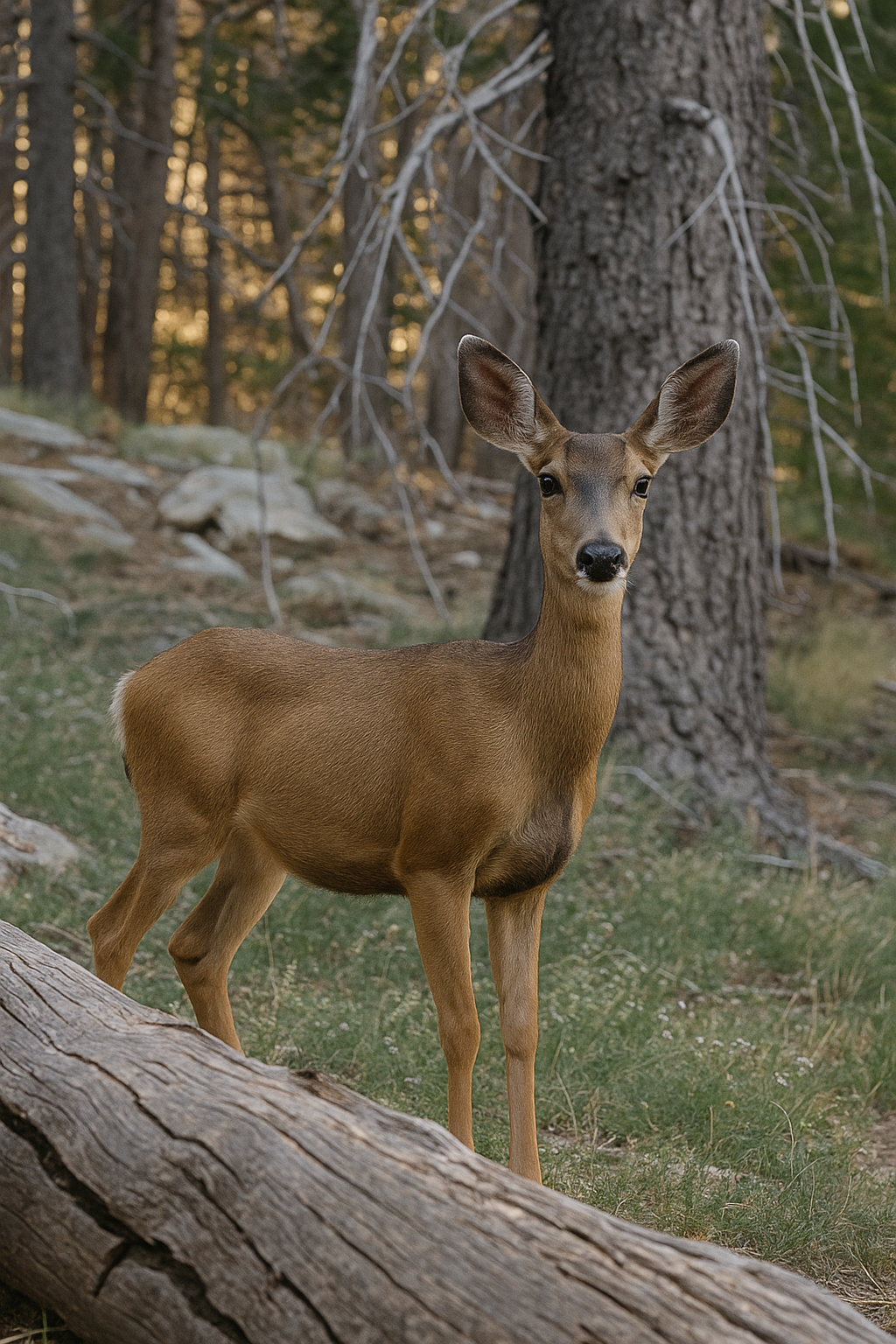
Mule Deer
The Mule Deer (Odocoileus hemionus) is one of the most iconic and ecologically significant large mammals found in the Coachella Valley’s surrounding mountain ranges, such as the San Bernardino, San Jacinto, and Santa Rosa Mountains. While not commonly seen in the valley floor's desert lowlands, mule deer inhabit the mid- to high-elevation woodlands and chaparral ecosystems that fringe the region.
Identification
-
Size: Adults typically weigh 100–250 pounds, with males (bucks) significantly larger than females (does).
-
Coloration: Their coat varies seasonally from reddish-brown in summer to grayish-brown in winter.
-
Ears: Large, mule-like ears (hence the name), which they use to detect faint sounds.
-
Tail: Short, with a black-tipped tail, distinct from the white-tailed deer.
-
Antlers: Bucks grow bifurcated (forked) antlers that branch and re-branch rather than forming a single beam with tines.
Habitat & Range
In the Coachella region, mule deer prefer oak woodlands, pine forests, riparian corridors, and chaparral found at higher elevations. During summer, they ascend to cooler, moister high country, and may descend during winter to lower elevations if water and forage are available.
Diet
Mule deer are browsers, meaning they feed primarily on:
-
Shrubs (e.g., manzanita, ceanothus)
-
Twigs and leaves of trees
-
Forbs and grasses
-
Acorns and other mast in autumn
They’re ruminants, with a four-chambered stomach that allows them to digest tough plant materials.
Behavior & Adaptations
-
Crepuscular: Most active at dawn and dusk, helping them avoid heat and predators.
-
Migration: Populations in the mountains may exhibit seasonal migrations, especially where snow depth limits forage.
-
Senses: Excellent vision (especially motion detection), acute hearing, and a strong sense of smell.
Ecological Role
Mule deer play a key role in mountain and chaparral ecosystems:
-
Prey species: Support predators like mountain lions, coyotes, and bobcats.
-
Vegetation management: Influence plant community structure through browsing.
-
Seed dispersal: Aid in dispersing seeds via scat and fur.
Conservation Notes
While mule deer are still widespread, some local populations face pressures from:
-
Habitat fragmentation (roads, housing developments)
-
Drought and climate change
-
Increased human recreation in wildland areas
In California, they're managed by the Department of Fish and Wildlife, with specific attention to migratory corridors and seasonal habitats.

